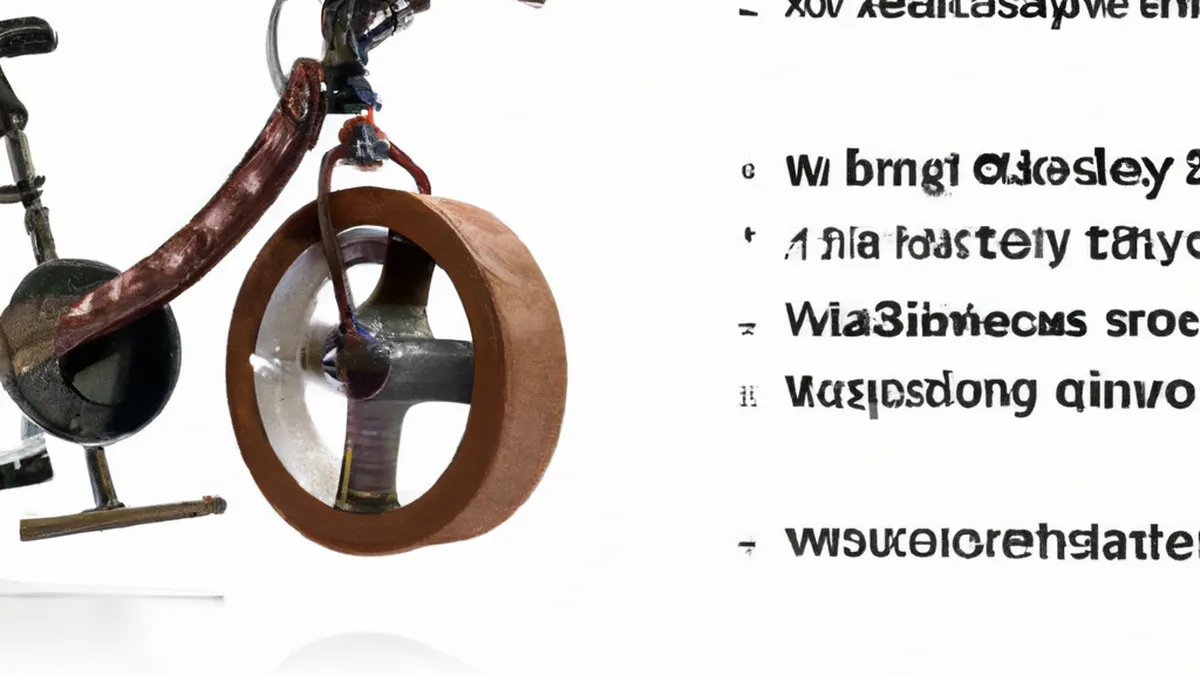Fueling Lifelong Fitness through Microcycle Planning
How to Create a Sustainable Microcycle for Lifelong Athletes
Lifelong athletes love physical activity. They dedicate time and effort to maintain fitness and improve performance. However, they face challenges like burnout and injury. A sustainable microcycle helps athletes achieve fitness goals while staying healthy and motivated. This post explains how to create an effective microcycle for lifelong athletes. We will focus on understanding goals, planning weekly structures, listening to the body, and adapting to life’s demands.
Understand Your Goals
Define your training goals before creating a microcycle. Ask yourself what you want to achieve in a specific timeframe. Do you want to build strength, improve endurance, enhance flexibility, or prepare for an event? Clear goals provide structure and motivation.
After identifying your goals, assess your current fitness level. Conduct a self-assessment to gauge your strengths and weaknesses. This assessment helps determine appropriate training loads and recovery needs. Aim for a balance between challenging yourself and setting achievable targets. This approach keeps you engaged and prevents frustration.
Plan Your Weekly Structure
A well-structured microcycle incorporates various training elements, including intensity, volume, and exercise type. Here are some guidelines to plan your week effectively:
Incorporate Variety
Incorporate variety to maintain motivation and interest in your workouts. Mixing different types of exercises keeps your routine fresh and engages different muscle groups. For example, focus on strength training on Mondays, do high-intensity interval training (HIIT) on Wednesdays, and dedicate Fridays to yoga or flexibility work. Enjoy the benefits of cross-training to enhance overall athletic performance.
Prioritize Recovery
Recovery is essential for long-term success in athletics. Schedule at least one dedicated rest day each week. Use this time for light activities like walking, stretching, or leisurely cycling. Active recovery promotes blood flow, aids muscle repair, and prevents stiffness. Also, incorporate recovery techniques such as foam rolling, stretching, or massage therapy.
Listen to your body. If you feel fatigued or mentally drained, adjust your training intensity or volume. Remember that rest and recovery are crucial for any successful training program.
Monitor Your Progress
Track your workouts and feelings to gain valuable insights into your training. Use a journal, spreadsheet, or fitness app to log exercises, durations, intensity levels, and your mood. This habit allows you to evaluate your progress effectively.
Conclusion
In summary, creating a sustainable microcycle involves understanding your goals, planning a varied weekly structure, prioritizing recovery, and monitoring your progress.
Below are related products based on this post:
FAQ
What is a microcycle and why is it important for lifelong athletes?
A microcycle is a short-term training plan that typically spans one week. It is important for lifelong athletes because it helps structure their training to achieve specific fitness goals while promoting recovery and preventing burnout or injury. A well-designed microcycle balances various training elements, ensuring that athletes remain motivated and engaged in their fitness journey.
How can I ensure that my microcycle incorporates adequate recovery?
To incorporate adequate recovery in your microcycle, schedule at least one dedicated rest day each week. Use this time for light activities like walking, stretching, or leisurely cycling, which promote blood flow and muscle repair. Additionally, actively listen to your body; if you feel fatigued or mentally drained, consider adjusting your training intensity or volume to prioritize recovery.
What methods can I use to monitor my progress during a microcycle?
You can monitor your progress by tracking your workouts and feelings using a journal, spreadsheet, or fitness app. Log important details such as exercises performed, durations, intensity levels, and your mood during workouts. This practice provides valuable insights into your training, helping you evaluate your progress and make necessary adjustments to your microcycle.















Post Comment